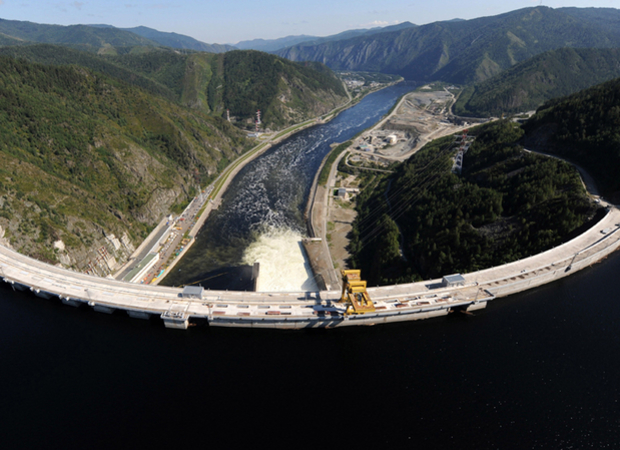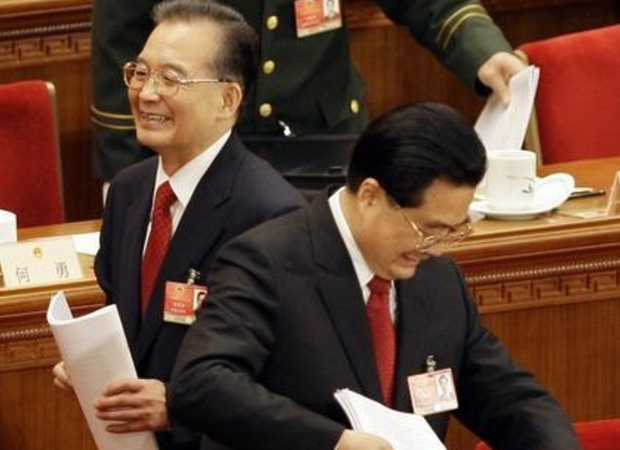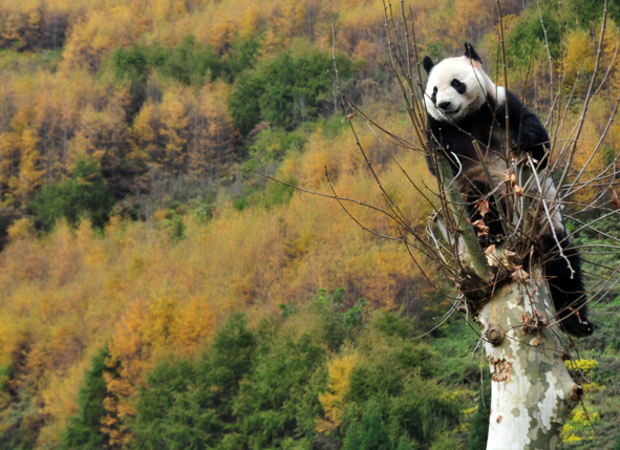Russia’s Siberian Dams Power “Electric Boilers” in Beijing
on November 28, 2012
The underdeveloped, sparsely populated Eastern Siberia region that shares a 4,000-kilometer border with China has vast resources to offer its heavily populated and fast-developing neighbor. Hydroelectricity is key among them.
A major new hydroelectric plant commissioned on October 31 stands as an example of what may transpire in many places throughout eastern Russia, as Russian and Chinese companies look to exploit the region for mutual benefit.







